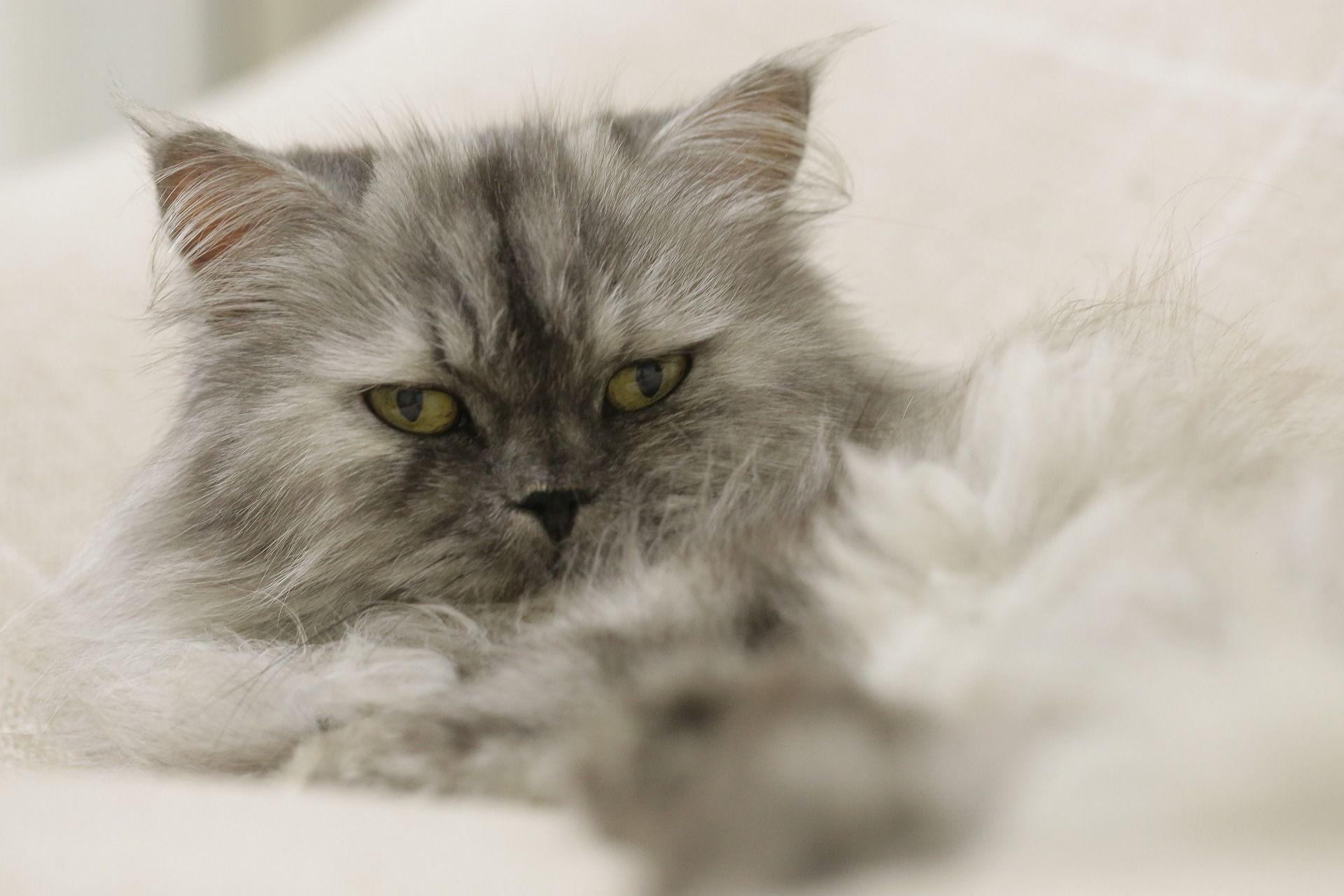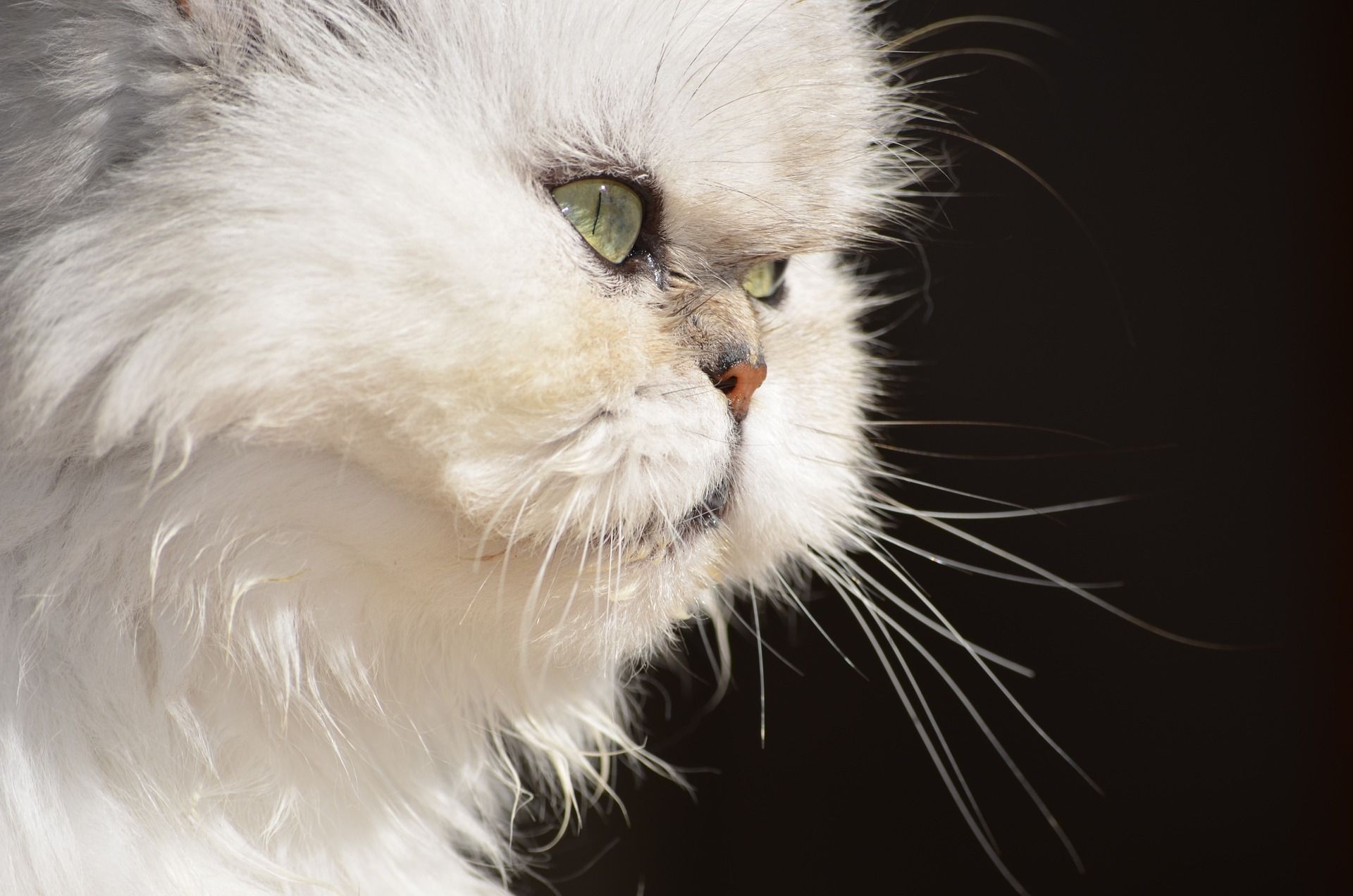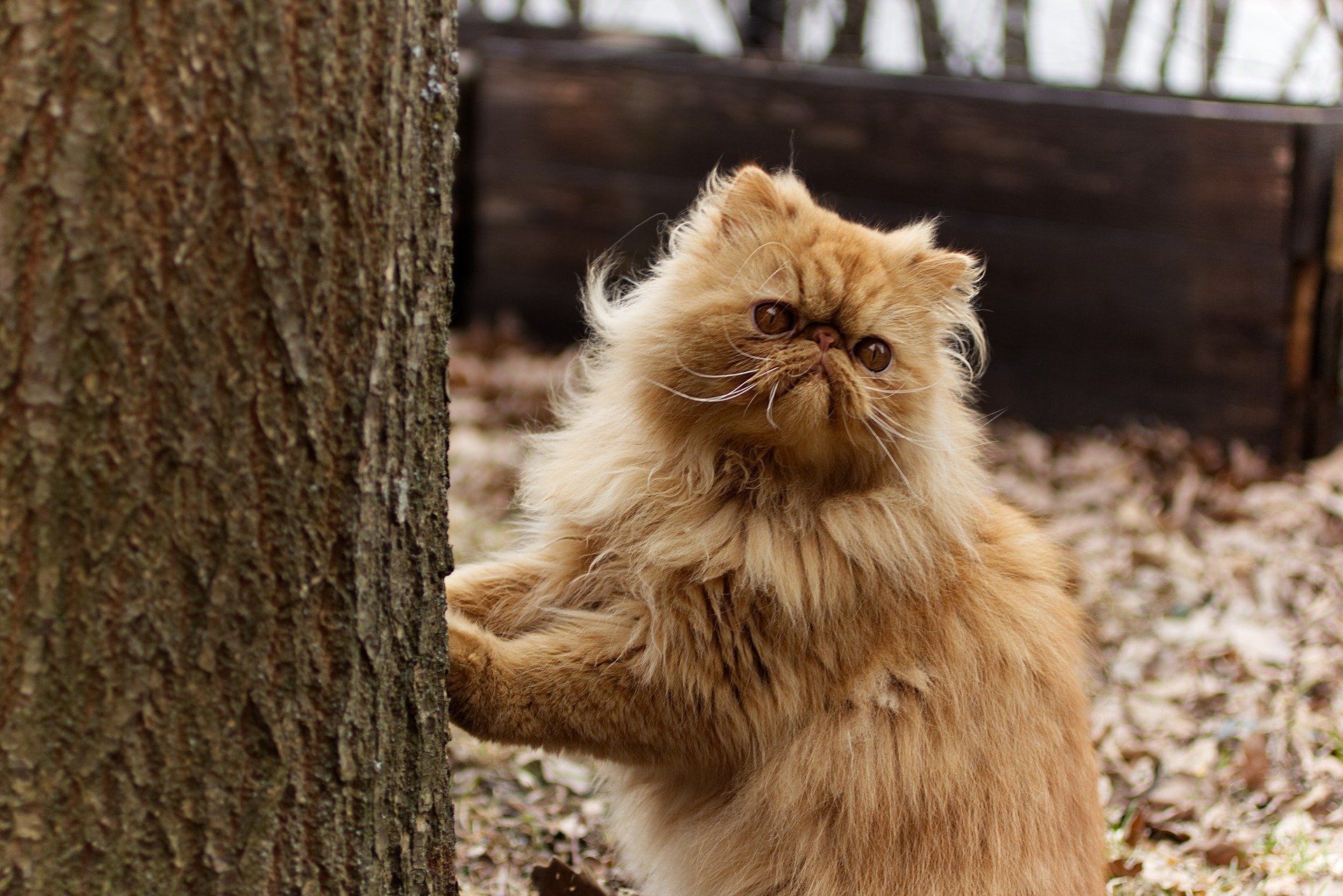How expensive are Persian cats? Here are the factors influencing the cost of the Persian, including breed purity, pedigree, and grooming needs

Have you ever found yourself swooning over the majestic beauty of Persian cats, only to wonder, are Persian cats expensive? Well, let’s embark on a journey together to unravel the mysteries behind the price tags of these luxurious furballs. From their regal lineage to their pampered grooming needs, we’ll explore every nook and cranny of the Persian cat world to uncover the truth behind their price.
So, grab a cup of tea, cozy up with your favorite feline friend, and let’s dive headfirst into the glamorous world of Persian cats!
Table of Contents
-
Factors Contributing to the Prices of Persian Cats
- #1 — Breed Purity and Pedigree
- #2 — Physical Characteristics and Coat Color
- #3 — Breeder Reputation and Accreditation
- #4 — Geographical Location
- #5 — Age and Training
- #6 — Market Demand and Availability
- #7 — Health Screening and Genetic Testing
- #8 — Show Quality and Breeding Rights
- #9 — Transportation Costs
- #10 — Registration and Documentation
- #11 — Breeder Overhead and Expenses
Are Persian Cats Expensive?
Mostly yes. Compared to some other cat breeds, Persian cats tend to be more expensive due to factors like breed purity, pedigree, and grooming needs as we’ll see shortly. However, the cost can vary widely depending on individual characteristics and breed popularity.
As usual, prospective owners should research different breeds and consider their specific needs and budget before making a decision. Read on to find out more about Persian cat prices.
Acquiring and caring for Persian cats involves various costs that potential owners should consider. Let’s break down these costs:
- Acquisition cost
- Healthcare expenses
- Grooming needs
- Nutritional requirements
- Environmental enrichment
- Litter and supplies
- Insurance and contingency planning
- Training and socialization
Acquisition Cost
- Purchase price: The initial cost of acquiring a Persian cat varies based on factors such as breed purity, pedigree, physical characteristics, and breeder reputation. Persian cats from reputable breeders may have higher price tags compared to those from pet stores or less reputable sources.
- Adoption fees: Alternatively, adopting a Persian cat from a shelter or rescue organization may incur adoption fees, which typically cover vaccinations, spaying/neutering, and other initial medical expenses.
Healthcare Expenses
- Veterinary care: Routine veterinary care is essential for maintaining the health and well-being of Persian cats. This includes vaccinations, wellness exams, and parasite prevention.
- Emergency medical costs: In addition to routine care, owners should be prepared for unexpected medical expenses, such as accidents, injuries, or sudden illnesses, which may require emergency veterinary treatment.
Grooming Needs
- Grooming supplies: Persian cats have long, dense coats that require regular grooming to prevent matting and tangles. Owners may need to invest in grooming tools such as brushes, combs, and shampoos.
- Professional grooming services: Some owners opt for professional grooming services, especially for intricate grooming tasks such as lion cuts or sanitary trims.
Nutritional Requirements
- High-quality cat food: Persian cats thrive on a balanced diet consisting of high-quality cat food formulated to meet their nutritional needs. Owners should budget for premium cat food to support their cat’s health and well-being.
Environmental Enrichment
- Toys and accessories: Providing Persian cats with toys, scratching posts, and other enrichment activities is essential for mental stimulation and physical exercise. Owners should invest in toys and accessories to keep their cats entertained and engaged.
Litter and Supplies
- Litter box and litter: Persian cats require a clean and spacious litter box filled with high-quality litter. Owners should budget for litter and supplies to maintain proper hygiene and cleanliness.
Insurance and Contingency Planning
- Pet insurance: Consideration should be given to pet insurance to help cover unexpected medical expenses and emergencies.
- Emergency Fund: Building an emergency fund specifically for pet-related expenses can provide financial security in case of unexpected veterinary costs.
Training and Socialization
- Training classes: While Persian cats are generally well-behaved, investing in training classes or behavioral consultations may be beneficial for addressing specific behavioral issues or promoting positive behaviors.
To recap, acquiring and caring for Persian cats involves various costs, including acquisition expenses, healthcare costs, grooming needs, nutritional requirements, environmental enrichment, litter and supplies, insurance, and training. Potential owners should carefully consider these costs and budget accordingly to provide the best possible care for their Persian cats.
Factors Contributing to the Prices of Persian Cats
#1 — Breed Purity and Pedigree
A Persian kitten from a breeder with a long-standing reputation for producing cats with impeccable lineage, recognized by prestigious cat associations like CFA (Cat Fanciers’ Association) or TICA (The International Cat Association), may be priced higher compared to kittens from less reputable sources.
Persian cats with documented pedigrees from reputable breeders are often viewed as more desirable due to their adherence to breed standards and genetic purity. Buyers may be willing to pay a premium for the assurance of quality and lineage.
#2 — Physical Characteristics and Coat Color
A Persian kitten with a rare coat color like shaded silver or cameo may command a higher price compared to a kitten with a more common coat color like blue or cream.
The rarity and uniqueness of certain coat colors contribute to their higher prices, as they are often perceived as more exotic and desirable. Buyers seeking a distinctive-looking Persian cat may be willing to pay more for rare coat colors.
#3 — Breeder Reputation and Accreditation
A Persian kitten from a breeder known for producing healthy, well-socialized kittens with excellent temperaments and conformation may be priced higher than kittens from less reputable breeders.
Reputable breeders prioritize the health, temperament, and well-being of their cats, investing in health screenings, proper care, and socialization. Buyers value the peace of mind and quality assurance provided by reputable breeders, which may justify higher prices.
#4 — Geographical Location
Persian cats may be more expensive in densely populated urban areas with high demand and limited availability of reputable breeders, such as major cities like New York or Tokyo, compared to rural areas with fewer breeders.
Prices of Persian cats can vary significantly based on regional factors such as demand, availability, and cost of living. Buyers in urban areas may face higher prices due to increased competition and overhead costs for breeders.
#5 — Age and Training
A Persian kitten that has been litter box trained, socialized with other pets and children, and introduced to basic commands like “sit” or “come” may be priced higher than an untrained kitten.
Breeders who invest time and effort in training and socialization may charge more for their kittens, reflecting the additional care provided. Buyers may be willing to pay a premium for kittens that are well-adjusted and adaptable to their new homes.
#6 — Market Demand and Availability
During peak kitten season or holidays like Christmas, the demand for Persian kittens may surge, leading to higher prices and longer waitlists for kittens from reputable breeders.
Fluctuations in market demand can influence prices, with buyers competing for limited availability of kittens from reputable breeders. Prices may be higher during periods of high demand and lower during quieter times.
#7 — Health Screening and Genetic Testing
A Persian kitten from a breeder who conducts health screenings for common breed-specific conditions like polycystic kidney disease (PKD) or hypertrophic cardiomyopathy (HCM) may be priced higher due to the assurance of good health.
Breeders who prioritize health screenings and genetic testing to ensure their cats are free from hereditary diseases may justify higher prices based on the added value and peace of mind provided to buyers.
#8 — Show Quality and Breeding Rights
A Persian kitten with show potential, exceptional conformation, and breeding rights may be priced higher compared to a pet-quality kitten without show potential.
Show-quality kittens with breeding rights are valued for their contribution to breeding programs and the potential to produce offspring with desirable traits. Buyers interested in showing or breeding Persian cats may be willing to pay more for kittens with these privileges.
#9 — Transportation Costs
A buyer located in a remote rural area may incur additional expenses for shipping or transportation to acquire a Persian kitten from a reputable breeder located in a distant urban area.
Transportation costs can add to the overall price of acquiring a Persian kitten, particularly for buyers who must travel long distances or arrange for shipping. Buyers should factor in these additional expenses when budgeting for their new kitten.
#10 — Registration and Documentation
A Persian kitten with registration papers, pedigree certificates, and health records from a recognized cat association like CFA or TICA may be priced higher due to the added value and authenticity of documented lineage and health history.
Documentation provided by reputable breeders adds credibility and transparency to the transaction, reassuring buyers of the kitten’s pedigree, health, and authenticity. Buyers may be willing to pay more for kittens with complete documentation.
#11 — Breeder Overhead and Expenses
A breeder who invests in high-quality veterinary care, premium cat food, spacious living quarters, and other amenities to ensure the health and well-being of their cats may include these overhead costs in the price of their.
What are Some of the Most Expensive Cat Breeds?
Here’s a comparative insight into where Persian cats typically rank in terms of cost compared to some of the most expensive cat breeds:
Savannah Cats
- Cost: Savannah cats are renowned for their exotic appearance, resulting from breeding African servals with domestic cats. They often rank among the most expensive cat breeds, with prices ranging from $5,000 to $20,000 or more for high-quality kittens.
- Comparison: While Persian cats are prized for their beauty and luxurious coats, they generally do not reach the same price levels as Savannah cats due to the latter’s exotic lineage and rarity.
Ashera Cats
- Cost: Ashera cats, marketed as the world’s largest and rarest domestic cats, are a hybrid of African servals, Asian leopard cats, and domestic cats. These exclusive felines can command staggering prices, ranging from $22,000 to $125,000.
- Comparison: Persian cats, while elegant and sought-after, typically do not approach the astronomical prices of Ashera cats, which are renowned for their rarity and distinctive appearance.
Bengal Cats
- Cost: Bengal cats, bred to resemble wild leopard cats, are prized for their striking coat patterns and athletic build. High-quality Bengal kittens can range from $1,000 to $10,000, depending on factors such as lineage, markings, and breeding quality.
- Comparison: Persian cats generally fall within a lower price range compared to Bengal cats, although exceptional Persian kittens from reputable breeders may still command significant prices due to their beauty and pedigree.
Scottish Fold Cats
- Cost: Scottish Fold cats, known for their distinctive folded ears and affectionate nature, are another sought-after breed. Prices for Scottish Fold kittens typically range from $1,000 to $3,000 or more, depending on factors like coat color, ear fold quality, and breeder reputation.
- Comparison: While Scottish Folds are prized for their unique appearance and charm, Persian cats often fall within a similar price range, reflecting their popularity and desirability as family pets.
Maine Coon Cats
- Cost: Maine Coon cats, one of the largest domesticated cat breeds, are beloved for their gentle temperament and tufted ears. Prices for Maine Coon kittens generally range from $400 to $2,000 or more, depending on factors such as lineage, size, and coloration.
- Comparison: Persian cats, with their regal appearance and affectionate demeanor, may overlap in price range with Maine Coons, although they are distinct in terms of physical characteristics and grooming needs.
Wrapping Up
In summary, while Persian cats are esteemed for their beauty and elegance, they typically fall within a moderate to high price range compared to the most expensive cat breeds such as Savannah cats, Ashera cats, Bengal cats, Scottish Fold cats, and Maine Coon cats.
Factors such as breed purity, rarity, lineage, and breeder reputation influence the pricing of Persian cats, with some individuals commanding higher prices than others based on specific traits and qualities.

